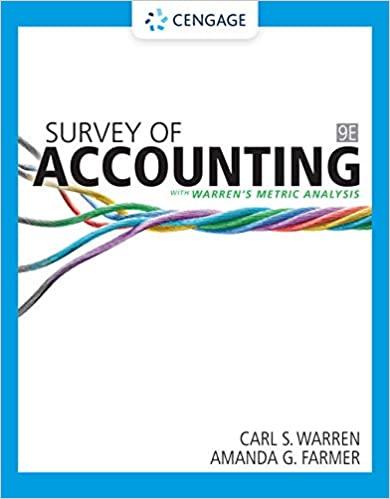Answered step by step
Verified Expert Solution
Question
1 Approved Answer
solution? Assignment 6 ASSIGNMENT 6 QUESTIONS Enter answers on the Armond Dalton Resources website (www.armonddaltonresources.com). Q-6-1. Which of the following statements best describes the difference
solution?

Step by Step Solution
There are 3 Steps involved in it
Step: 1

Get Instant Access to Expert-Tailored Solutions
See step-by-step solutions with expert insights and AI powered tools for academic success
Step: 2

Step: 3

Ace Your Homework with AI
Get the answers you need in no time with our AI-driven, step-by-step assistance
Get Started


